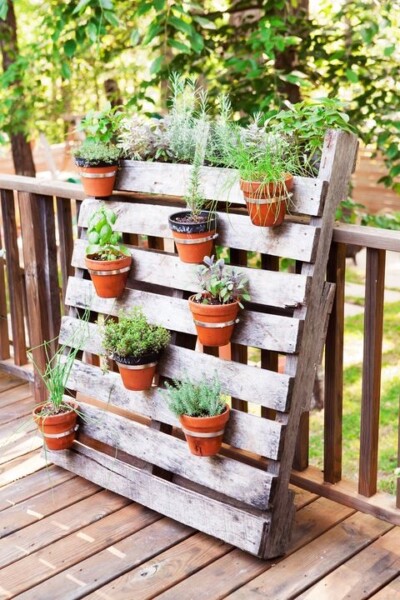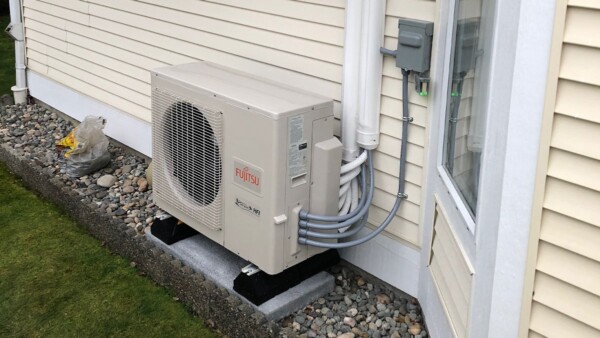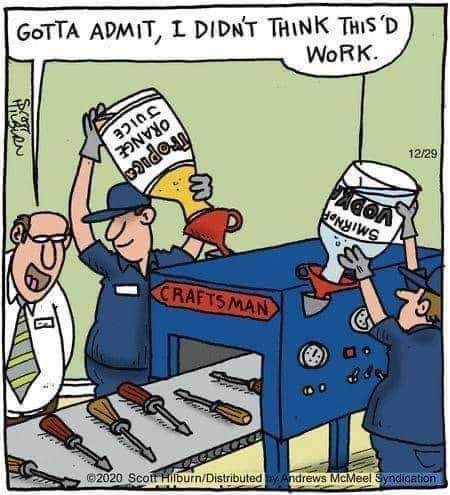
How to Boost Water Pressure Without Calling a Plumber
There’s nothing like a weak trickle from the showerhead to start your day off wrong. I’ve been there. You turn the faucet full blast expecting a strong stream, and instead… drip, drip, disappointment.
If you’re like me, you hate calling a plumber unless you absolutely have to. And when it comes to low water pressure, the good news is — in most cases, you don’t have to. There are some solid DIY fixes that might bring your pressure back without breaking the bank or bringing in the pros.
I’ll walk you through how I diagnosed and improved the water pressure in my own home, what tools I used, and some helpful tips you can try today. You’d be surprised how simple most solutions really are.
What Causes Low Water Pressure?
Before you can fix it, you need to understand why it’s happening. Low pressure can be a symptom of a few different issues. The most common include:
- Sediment or mineral build-up in the pipes or aerators
- Partially closed shut-off valves
- Faulty pressure regulators
- Problems with a specific faucet or fixture
- A clogged water filter
- Issues with your main water line or supply system
Knowing the cause will help you fix the issue without just guessing.
Start With the Simple Checks First
Before you start pulling tools out of the garage, try these easy steps.
Check All Faucets
Is the pressure low everywhere or just in one spot? If it’s just one faucet, the fix is likely simple.
You can follow this guide for single fixtures here:
👉🏼 What Causes Low Water Pressure in a Single Faucet?
Clean the Aerators
Unscrew the faucet aerators and clean out any gunk, lime, or debris. I found this trick alone boosted my kitchen faucet’s pressure instantly. A good soak in vinegar can loosen mineral deposits fast.
Use a Water Pressure Gauge to Get a Baseline
Don’t guess. A water pressure gauge gives you a real reading of what’s happening.
Most homes should have water pressure between 40–60 PSI. Anything below 40 might feel weak, and over 80 could damage your plumbing.
I used a hose bib on the outside of my house to test mine. You can grab a gauge like this one:
👉🏼 Best Water Pressure Gauge Test
This told me exactly how far off my pressure was and helped me know where to focus.
How to Boost Water Pressure DIY Without Replacing Pipes
Now let’s talk about the real fixes — and none of them involve tearing into your walls.
1. Check and Fully Open the Main Shutoff Valve
Sometimes, after maintenance or an inspection, a valve doesn’t get turned back on all the way. Head to your water meter (usually outside) or your main valve inside. Make sure it’s fully open — you’d be shocked how often this is the cause.
2. Clean or Replace the Pressure Regulator
If your home has a pressure regulator (many do), it might be faulty or just need adjusting. It’s typically located near your main shutoff.
Mine had a small screw on top. I turned it clockwise just a quarter turn — and boom, pressure jumped by 10 PSI. If your regulator is broken or old, you can get a new one for under $100.
3. Flush Your Water Heater
Over time, sediment builds up inside your water heater, restricting flow. If your pressure seems lower when using hot water, this could be the culprit.
Here’s what I used to learn the right way to flush it out:
👉🏼 Why Is My Water Heater Making a Popping Noise?
Sediment can reduce water flow, damage the heater, and cost you more in energy bills — so it’s worth cleaning out at least once a year.
Smart Fixes That Don’t Require Plumbing Skills
4. Install a Whole-House Water Filter (Or Clean Your Existing One)
Filters help catch sand, rust, and sediment — but once they clog up, they can strangle your water flow.
Check yours. If it’s filthy or old, swap it. You’ll probably see pressure return fast.
5. Replace Old Showerheads or Faucets With High-Pressure Versions
If your fixtures are old, mineral-clogged, or just not designed for low-flow systems, they can make your water feel weaker than it really is.
I swapped my showerhead for a high-pressure one and couldn’t believe the difference. It cost me under $30 and took five minutes to install.
Boost Pressure Without Replacing Pipes (Advanced DIY)
If the issue seems system-wide and your pipes aren’t leaking, you still don’t have to rip out walls. Here are two more advanced ideas.
6. Install a Pressure-Boosting System
If your city water supply is just weak, a pressure booster pump might be your solution. These sit between your main line and the house, kicking up the flow before it hits your faucets.
They cost a few hundred bucks but are way cheaper than replumbing.
You can read more about boosting without major repairs here:
👉🏼 Fixing Low Water Pressure Without Replacing Pipes
7. Remove Old Galvanized Pipes (Eventually)
If your home is really old and uses galvanized pipes, they may be so corroded inside that pressure loss is inevitable. This is when you might consider replacing sections over time, not all at once.
But start small. Sometimes just replacing part of the system (like bathroom lines) can improve things noticeably.
DIY Homeowner Tips That Make a Difference
From my experience, here’s what helped the most:
- Keep vinegar handy for cleaning aerators and showerheads
- Use a hose bib gauge monthly to check pressure fluctuations
- Label valves clearly so family members don’t mess up the main line
- Flush water heater at least twice a year if you have hard water
And don’t forget to bookmark this guide so you can refer to it during your next pressure issue.
Need Step-by-Step Help Fixing Pressure?
I wrote this full guide that goes even deeper — with more photos and exact tools I used to solve water pressure issues in my home.
👉🏼 How to Fix Low Water Pressure in Your House Fast
It includes everything from faucet-specific tricks to whole-house solutions.
Wrapping It Up (And Cranking It Up)
Improving water pressure doesn’t always mean calling a plumber or spending thousands on new pipes. With the right DIY approach — and a few tools — you can boost your water pressure in a weekend.
Don’t suffer through another weak shower. Start with the steps above and fix that flow like a pro. And if you want more DIY help along the way, check out these helpful guides:
- 👉🏼 What Causes Low Water Pressure in a Single Faucet?
- 👉🏼 Fixing Low Water Pressure Without Replacing Pipes
- 👉🏼 Water Pressure Gauge Test
- 👉🏼 How to Fix Low Water Pressure in Your House Fast
As an Amazon Associate we earn from qualifying purchases through some links in our articles.



